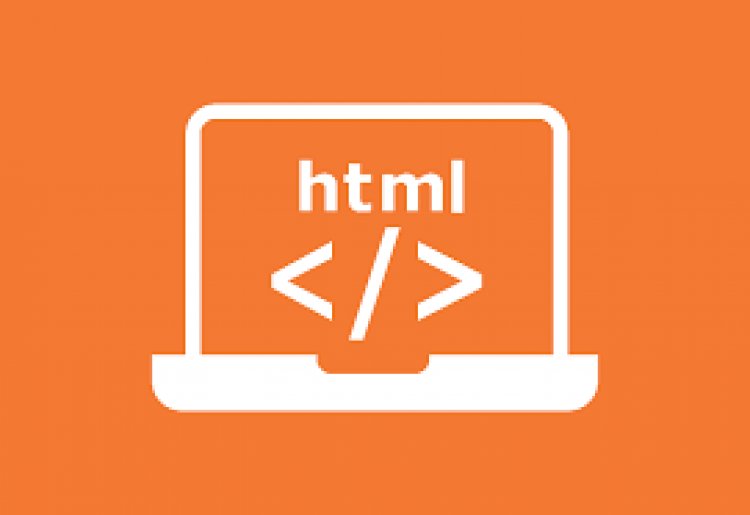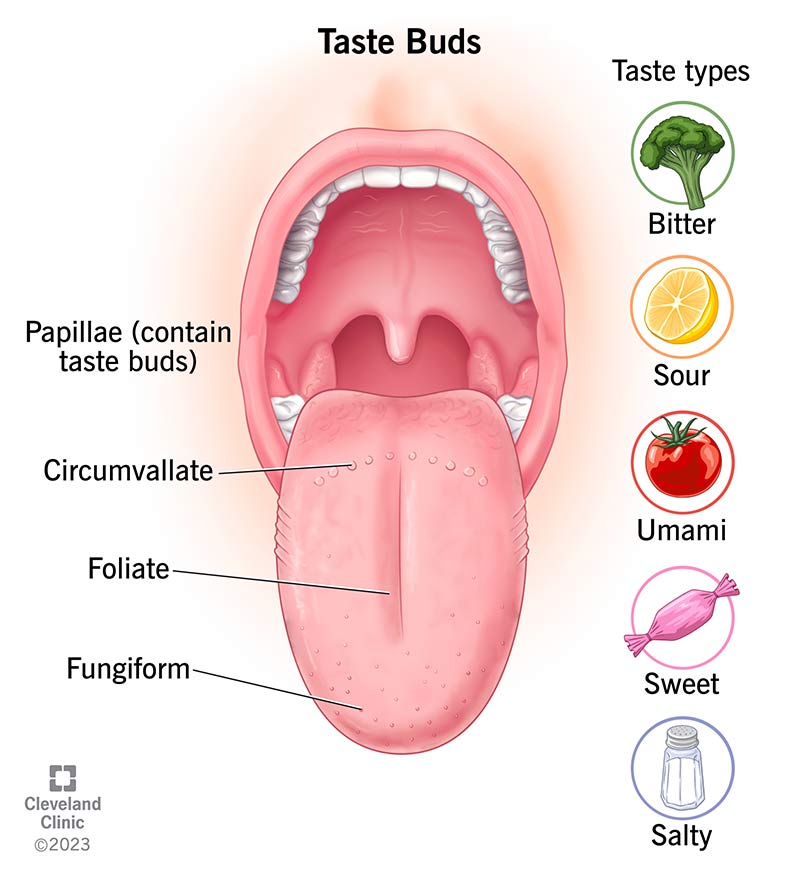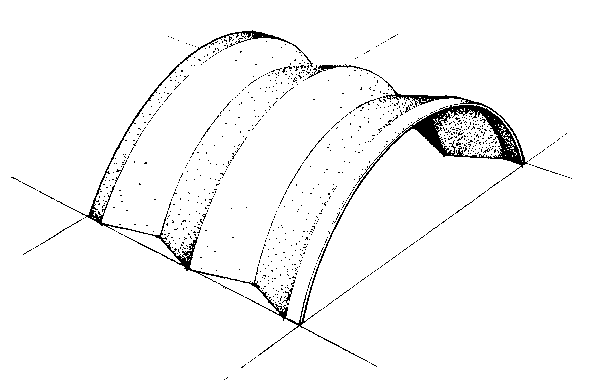List of Html tags Alphabetically
List of Html tags Alphabetically

HTML Tags Ordered Alphabetically
Here is an alphabetical list of some common HTML tags:
- `<a>`: Defines a hyperlink.
- `<abbr>`: Defines an abbreviation or an acronym.
- `<address>`: Defines contact information for the author or owner of a document.
- `<article>`: Defines an independent, self-contained content section.
- `<aside>`: Defines content aside from the main content.
- `<audio>`: Embeds audio content in a document.
- `<b>`: Displays text in a bold font.
- `<blockquote>`: Defines a section that is quoted from another source.
- `<body>`: Defines the document's body.
- `<br>`: Inserts a single line break.
- `<button>`: Defines a clickable button.
- `<canvas>`: Used to draw graphics, animations, or other visual images.
- `<caption>`: Defines a table caption.
- `<cite>`: Specifies the title of a work.
- `<code>`: Represents computer code content.
- `<col>`: Specifies properties for a single column in a table.
- `<colgroup>`: Specifies properties for a group of columns in a table.
- `<datalist>`: Specifies a list of pre-defined options for an `<input>` element.
- `<dd>`: Defines a description or value in a description list.
- `<del>`: Represents deleted text in the document.
- `<details>`: Defines additional details that the user can view or hide.
- `<dfn>`: Represents the defining instance of a term.
- `<div>`: Defines a division or section in an HTML document.
- `<dl>`: Defines a description list.
- `<dt>`: Defines a term (an item) in a description list.
- `<em>`: Represents emphasized text.
- `<embed>`: Embeds external content or media.
- `<fieldset>`: Groups related form elements together.
- `<figcaption>`: Defines a caption or legend for a `<figure>` element.
- `<figure>`: Represents self-contained content, such as images or diagrams.
- `<footer>`: Defines a footer for a document or section.
- `<form>`: Defines an HTML form for user input.
- `<h1>` to `<h6>`: Represents headings of different levels (h1 being the highest).
- `<header>`: Defines a header for a document or section.
- `<hr>`: Represents a thematic break between paragraphs.
- `<html>`: Defines an HTML document.
- `<i>`: Displays text in italic.
- `<iframe>`: Embeds an external web page or content.
- `<img>`: Inserts an image into the document.
- `<input>`: Represents an input control within a form.
- `<ins>`: Represents inserted text in the document.
- `<kbd>`: Represents user input or text to be entered by the user.
- `<label>`: Defines a label for an `<input>` element.
- `<legend>`: Defines a caption for the `<fieldset>` element.
- `<li>`: Defines a list item.
- `<link>`: Defines the relationship between a document and an external resource.
- `<main>`: Specifies the main content of a document.
- `<map>`: Defines an image map.
- `<mark>`: Highlights or marks specific text.
- `<menu>`: Defines a list/menu of commands or options.
- `<meta>`: Provides metadata about an HTML document.
- `<nav>`: Defines navigation links.
- `<noscript>`: Defines alternate content to be displayed if scripting is not supported.
- `<object>`: Embeds an external resource such as a multimedia element or a plug-in.
- `<ol>`: Defines an ordered (numbered) list.
- `<optgroup>`: Defines a group of related options in a
select list.
- `<option>`: Defines an option in a select list.
- `<output>`: Represents the result of a calculation or user action.
- `<p>`: Defines a paragraph.
- `<param>`: Defines parameters for an `<object>` element.
- `<picture>`: Defines a container for multiple image sources.
- `<pre>`: Defines pre-formatted text.
- `<progress>`: Represents the progress of a task or process.
- `<q>`: Defines a short inline quotation.
- `<rp>`: Provides fallback parentheses for browsers that do not support ruby annotations.
- `<rt>`: Defines an explanation or pronunciation of characters (for ruby annotations).
- `<ruby>`: Defines ruby annotations for East Asian typography.
- `<s>`: Represents text that is no longer correct or relevant.
- `<samp>`: Represents sample output or computer code.
- `<script>`: Embeds or references an external script file or script code.
- `<section>`: Defines a section in a document.
- `<select>`: Creates a drop-down list.
- `<small>`: Represents smaller text.
- `<source>`: Specifies alternative media resources for media elements like `<video>` or `<audio>`.
- `<span>`: Defines a section of inline content.
- `<strong>`: Represents strong emphasis.
- `<style>`: Embeds CSS (Cascading Style Sheets) code within a document.
- `<sub>`: Represents subscript text.
- `<summary>`: Defines a visible heading for a `<details>` element.
- `<sup>`: Represents superscript text.
- `<table>`: Defines a table.
- `<tbody>`: Groups the body content in a table.
- `<td>`: Defines a cell in a table.
- `<template>`: Represents content that is not rendered immediately.
- `<textarea>`: Defines a multi-line text input control.
- `<tfoot>`: Groups the footer content in a table.
- `<th>`: Defines a header cell in a table.
- `<thead>`: Groups the header content in a table.
- `<time>`: Represents a specific time or duration.
- `<title>`: Defines the document's title that is displayed in the browser's title bar.
- `<tr>`: Defines a row in a table.
- `<track>`: Defines text tracks for media elements.
- `<u>`: Displays text with an underline.
- `<ul>`: Defines an unordered (bullet) list.
- `<var>`: Represents a variable or program argument.
This list contains the alphabetical order of some common HTML tags. However, HTML has many tags, and this list is not exhaustive. Additionally, new tags may have been added in HTML5 and newer versions.


























